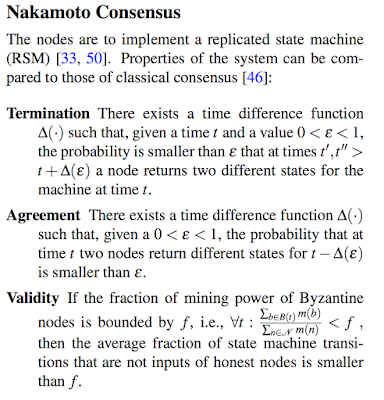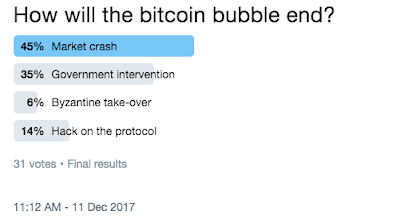Paper summary: Bitcoin-NG -- A scalable Blockchain Protocol

This week in our seminar , we discussed the Bitcoin-NG paper. The paper appeared in NSDI 16, and is authored by Ittay Eyal, Adem Efe Gencer, Emin Gün Sirer, and Robbert van Renesse at the Cornell University. The model section of this paper is very well formalized and written. This is like a Rosetta Stone find for classical distributed systems researchers that want to enter blockchain research. So in this summary, I will start by covering as much of that as I can. The Nakamoto Consensus Problem The blockchain system is comprised of a set of nodes N connected by a reliable peer-to-peer network. Nodes can generate public-private key-pairs for themselves. The system employs a cryptopuzzle system, defined by a cryptographic hash function H. The solution to a puzzle defined by the string y is a string x such that H(y|x) --the hash of the concatenation of the two-- is smaller than some target (i.e., the hash has k number of leading zeros). Each node i has a limited amount of comput...







